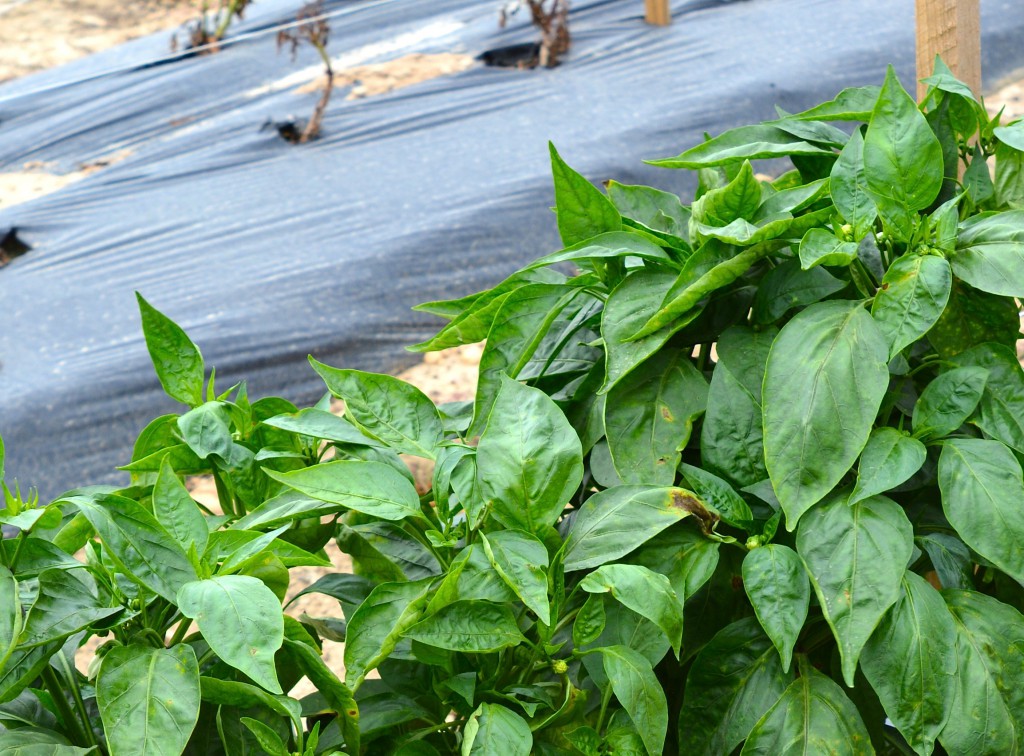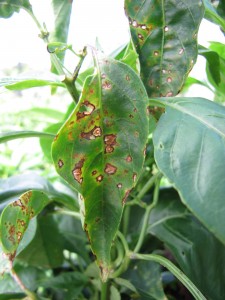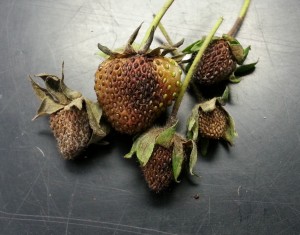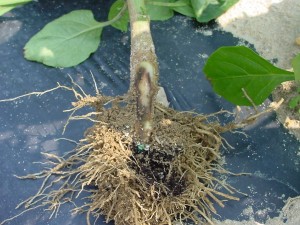Most of New Jersey has been plagued by heavy rains and pop-up thunderstorms these past few days making conditions ideal for pathogens such as Phytophthora blight (P. capsici) on pepper, eggplant, tomato, and cucurbit crops. Now that the temperatures are starting to rise the threat of infection will only begin to increase. Unfortunately, Phytophthora blight can be found on most farms in the southern part of the state. Poor crop rotations with susceptible hosts only make matters worse. The pathogen also has an increasing host range that also includes snap and lima beans, and all other crops, other than a few resistant bell pepper cultivars, lack any resistance to the pathogen.
Control of Phytophthora blight is extremely difficult (even with the use of fungicides) in the extremely wet weather conditions that parts of New Jersey. In the past few years a number of new fungicides, with new active ingredients, have become commercially-available for controlling phytophthora on multiple crops. Mefenoxam or metalaxyl, both once widely-used to effectively control Phytophthora blight has been hit by resistance issues around much of Southern New Jersey the past decade. Growers with a known history of mefenoxam-insensitivity on their farm should use Presidio, Previcur Flex, or Ranman plus a Phosphite fungicide in rotation in their drip application programs. Importantly, if mefenoxam has not been used in particular fields on any crop for a number of years (more than 5+) the fungus may revert back to being mefenoxam-sensitive and control with these products may return. Orondis Gold, mefenoxam, metalaxyl, and the phosphites are the most systemic of the group and should readily be taken up the by plant via application through the drip. Presidio has locally systemic and has translaminar activity and offers protection of the root system via drip. Ranman has protectant-like activity and thus will offer root system protection.
For more information on these fungicides and specific crop uses, please see the 2020/2021 Mid-Atlantic Commercial Fungicide Recommendations Guide.





